Hey there,
Composting is one of the best ways to turn waste into garden gold. It’s simple, eco-friendly, and rewarding. But like many things in gardening, it can take a little practice to get it just right. As a beginner, you might face some challenges along the way, but don’t worry! In this post, we’ll cover the most common composting mistakes and how you can avoid them. Let’s keep your compost healthy, rich, and ready to fuel a thriving garden!
This site contains affiliate links. I may earn a small commission, at no extra cost to you. I’d appreciate it if you can support me.
Mistake #1: Overloading with Kitchen Scraps
Problem: Adding too many kitchen scraps without balancing with “brown” materials.
It’s tempting to throw all your kitchen waste into the compost bin. Eggshells, vegetable scraps, and coffee grounds are great compost ingredients. But if you add too many, you’ll end up with a pile that’s too “green.” When there’s too much “green” material, like kitchen scraps, the pile can get slimy and start to smell.
Solution: Balance with “browns.”
To keep things balanced, add carbon-rich “browns” like dry leaves, cardboard, or even shredded newspaper. Browns help absorb moisture and improve airflow in the compost pile. An easy rule is to aim for three parts brown material to one part green material.
Tip: Collect extra brown materials in the fall. Dry leaves are compost gold!
Mistake #2: Neglecting Aeration
Problem: Lack of air slows decomposition and creates odors.
Composting needs oxygen! Without proper airflow, the pile can become anaerobic (without oxygen), leading to unpleasant smells. Good airflow helps the helpful microbes break down materials faster and prevents that foul smell.
Solution: Turn the compost regularly.
To keep air flowing, turn your compost every 1-2 weeks. You can use a pitchfork, shovel, or compost aerator tool to mix things up. This brings oxygen into the pile and helps speed up decomposition.
Tip: For a quick aeration boost, add dry sticks or twigs when you start a new pile.
Mistake #3: Adding Non-Compostable Materials
Problem: Items like meat, dairy, and glossy paper can attract pests or harm compost quality.
Not everything belongs in the compost bin. Certain materials can attract animals, produce harmful bacteria, or take forever to break down. Meat, dairy, and greasy foods are a no-go. Glossy or colored paper often contains chemicals that aren’t good for your garden.
Solution: Stick to natural, plant-based materials.
In general, add fruits, vegetables, coffee grounds, eggshells, leaves, and cardboard. Avoid animal products, plastics, and chemically treated items. As a bonus, shredded newspaper and plain cardboard are perfect for adding “brown” materials.
Tip: If you’re ever unsure, just leave it out!
Mistake #4: Improper Moisture Levels
Problem: Too much or too little moisture can slow down composting.
Compost needs moisture, but not too much. If it’s too wet, the pile will smell and turn slimy. If it’s too dry, materials won’t break down properly.
Solution: Check moisture regularly.
An easy way to test is the “squeeze test.” Grab a handful of compost and squeeze it. It should feel like a damp sponge. If water drips out, it’s too wet. If it crumbles, it’s too dry. Adjust by adding more dry leaves if it’s too wet or lightly watering if it’s too dry.
Tip: Cover your compost with a tarp during heavy rain to control moisture.
Mistake #5: Ignoring Temperature
Problem: Compost needs warmth to break down efficiently, especially in colder climates.
Temperature plays a huge role in composting. When the pile warms up, it means microbes are hard at work. If the compost is too cool, decomposition slows, especially during winter.
Solution: Place compost in a warm, sunny spot.
Choose a location that gets plenty of sunlight, if possible. If your compost is cool, add nitrogen-rich “greens” like grass clippings, which help raise the temperature.
Tip: You can buy a compost thermometer to check the internal temperature. Composting usually happens faster between 110°F and 160°F (45°C – 70°C).
Mistake #6: Composting Large Pieces Without Breaking Them Down
Problem: Large items decompose very slowly, which can delay compost readiness.
Composting is all about breaking things down, and smaller pieces decompose faster. If you toss in whole corn cobs or big branches, they’ll take a long time to break down.
Solution: Chop larger items before adding them to the pile.
Cut up vegetable stalks, snap branches, and tear cardboard into smaller pieces. This will speed things up and give you beautiful, ready-to-use compost sooner.
Tip: Keep a pair of pruning shears nearby to quickly cut up large pieces.
Mistake #7: Starting Too Small
Problem: A very small compost pile may not retain enough heat to compost effectively.
If your compost pile is too small, it’s hard to keep it warm enough for decomposition. A small pile may also lose moisture faster, which slows the process even more.
Solution: Aim for at least a 3×3-foot pile.
Larger compost piles hold heat better, which speeds up the breakdown of materials. Aim for a compost area that’s around 3 feet wide and 3 feet high. If space allows, consider expanding your pile over time.
Tip: If you’re short on space, consider a bin that allows for stacking to maximize volume.
Mistake #8: Forgetting to Monitor Smells
Problem: Bad smells can indicate poor compost balance or lack of aeration.
Compost should smell earthy and pleasant, not rotten. If you notice a strong smell, it could mean too much green material or too little air.
Solution: Adjust the balance and add airflow.
If it smells, try adding more browns like dry leaves or cardboard. This will absorb excess moisture and balance the pile. Also, turn the compost more often to get more air inside.
Tip: Remember, a healthy compost pile doesn’t smell bad!
Mistake #9: Not Giving Compost Enough Time
Problem: Many beginners expect compost to be ready too quickly.
Composting is a slow but rewarding process. It’s easy to get impatient, especially if you’re eager to use that rich compost in your garden. But compost can take anywhere from 3 months to a year to fully mature.
Solution: Give it time and monitor progress.
Compost is ready when it’s dark, crumbly, and smells earthy. There should be no visible food scraps or recognizable materials. Keep adding materials, turning regularly, and checking every few weeks.
Tip: To speed things up, chop materials smaller and turn the pile more often.
Mistake #10: Placing the Compost Bin in a Poor Location
Problem: Choosing the wrong location can affect compost quality and make maintenance difficult.
A well-placed compost pile is convenient to access, gets enough sunlight, and is safe from flooding or poor drainage. A compost bin that’s too far away or in an overly shaded area can be harder to maintain and may not heat up properly.
Solution: Choose a well-drained, accessible spot.
Pick a partially shaded area that’s easy to reach and has good drainage. If your compost pile is in a garden, try placing it close to where you’ll use the compost to save time and effort.
Tip: Avoid placing your compost bin on concrete. Soil underneath helps with drainage and allows helpful microbes to enter the bin.
Recommended Gardening Tools and Supplies
Do you need extra detailed information about composting? Let’s start here: Composting for beginners – How to start composting? | Bloom and Boughs
Would you like to start composting indoors? Read this post: Indoor Composting Made Easy: How to Start Composting Without a Yard | Bloom and Boughs
Conclusion
Composting is a beautiful process that transforms waste into something valuable for your garden. By avoiding these common mistakes, you can create compost that’s rich, healthy, and ready to support your plants. Remember, patience and balance are key. Composting is both an art and a science, but anyone can do it. With these tips in mind, you’re well on your way to creating garden gold.
Happy composting!
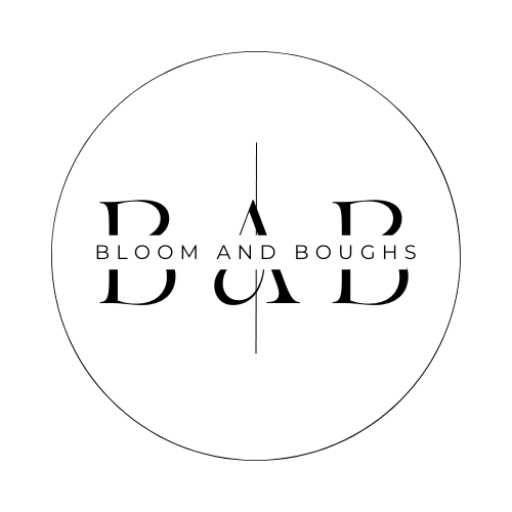
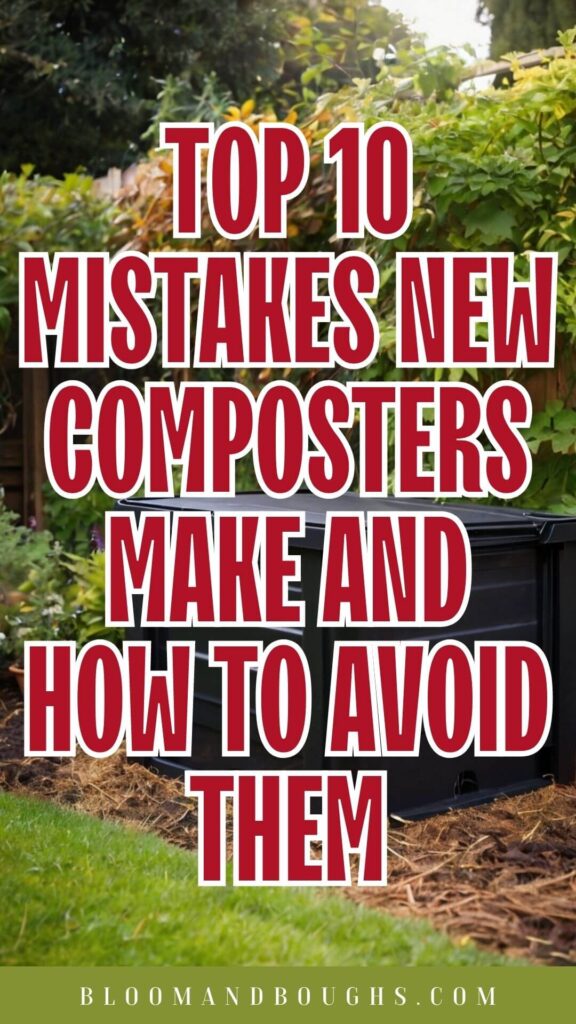
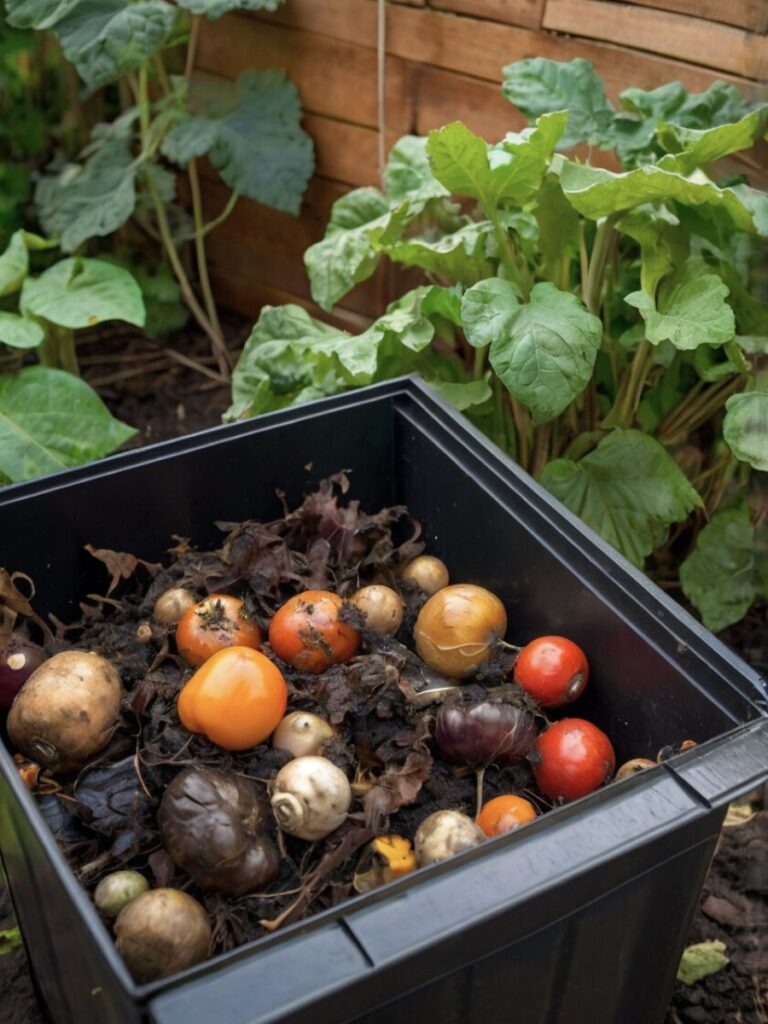
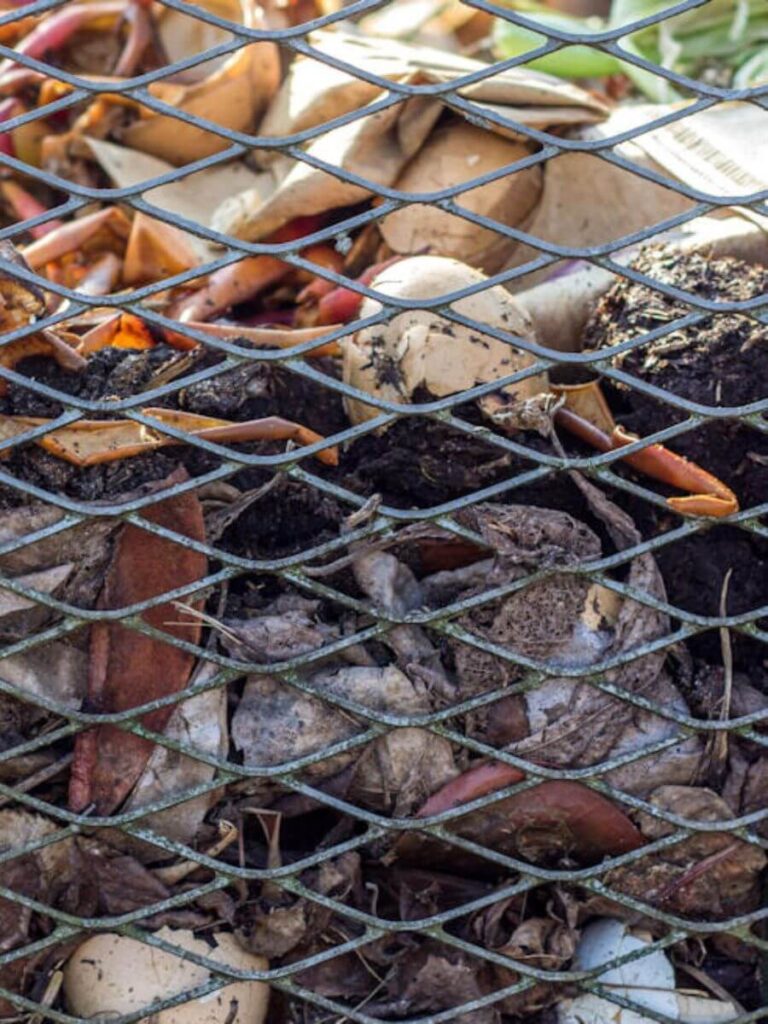
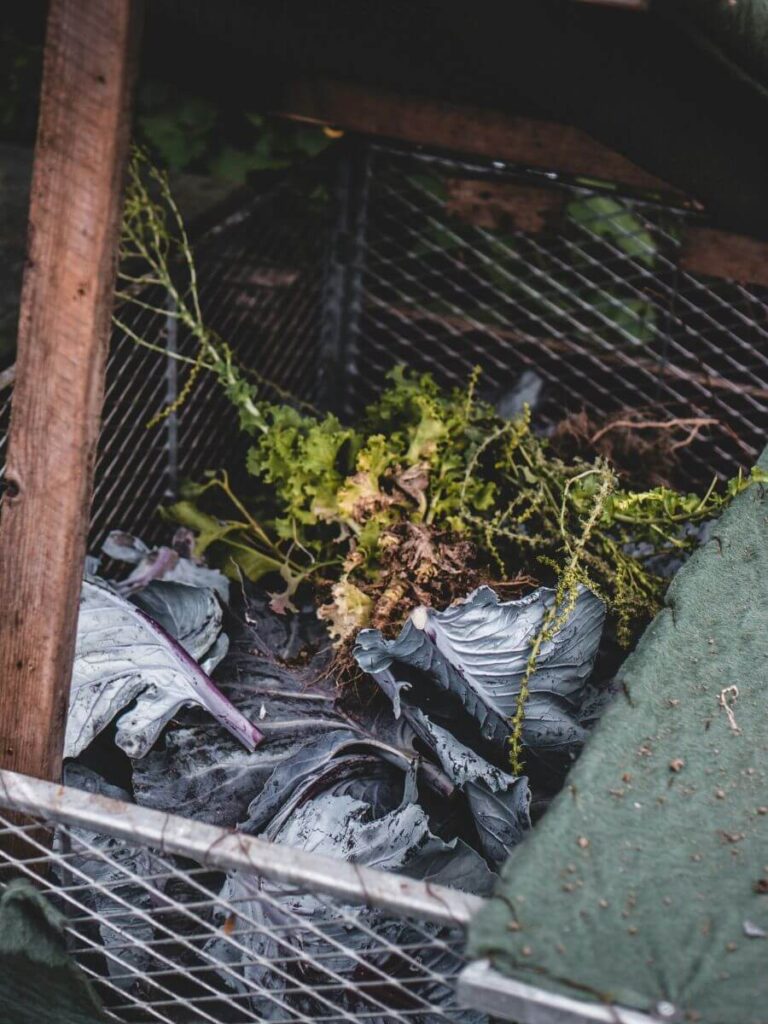
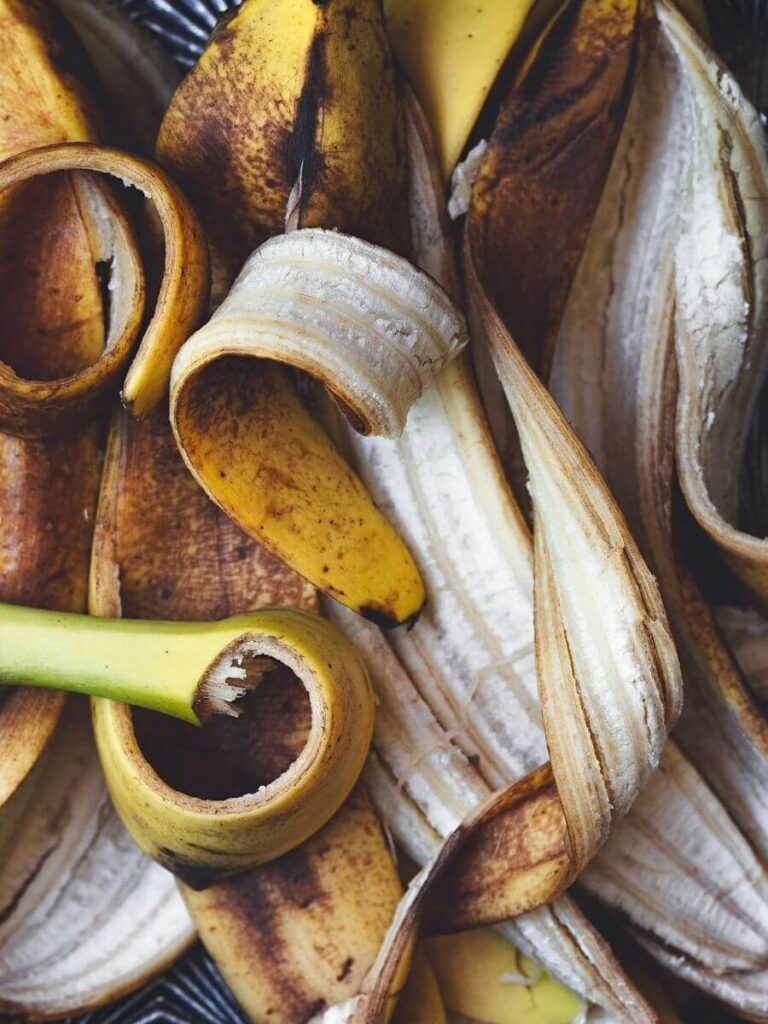
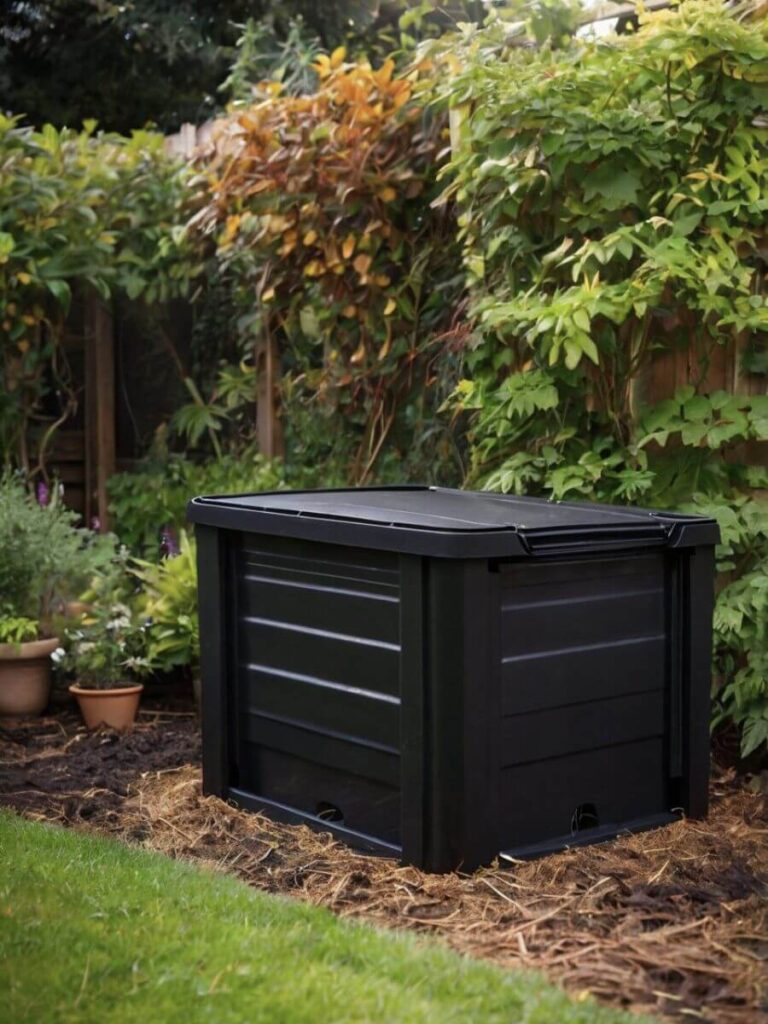

0 Comments